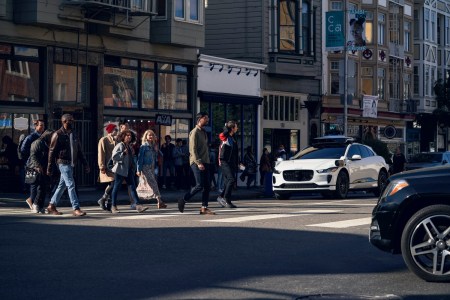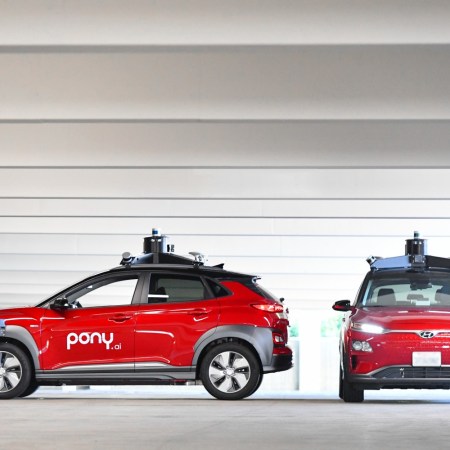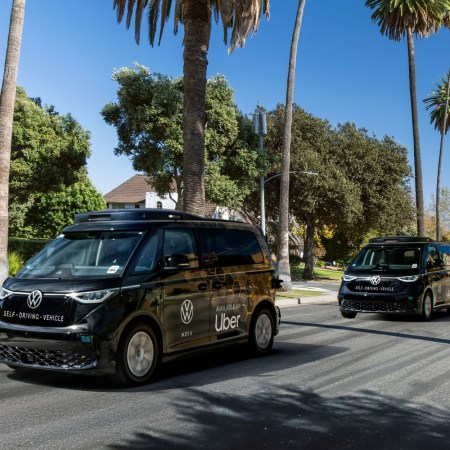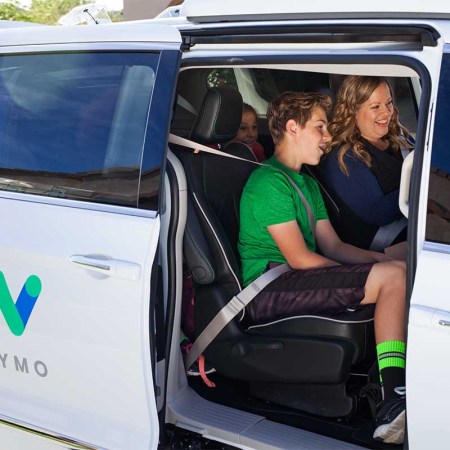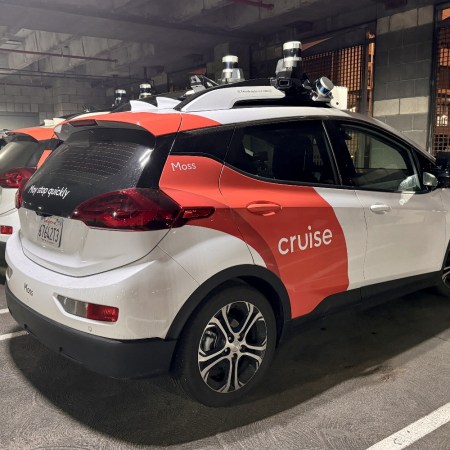When we talk about autonomous vehicles, that can mean a lot of things — including an existing car, truck or SUV that can be driven by a human or by software. There’s a separate class of autonomous vehicles that cut human operators out entirely, though, with Tesla’s Cybercab — a vehicle that lacks pedals or a steering wheel — being the best-known example. And for Tesla and similarly-minded automakers, it’s about to get significantly easier to get Department of Transportation approval for their upcoming vehicles.
On Friday, the U.S. Department of Transportation announced efforts to streamline the process for approving autonomous vehicles that lack “traditional steering wheels, driver-operated brakes or rearview mirrors.” There will be an annual cap on the limitations; manufacturers will be able to sell up to 2,500 autonomous vehicles annually that do not comply with this aspect of the Federal Motor Vehicle Safety Standards.
In announcing these changes, the government also implied that more policy alterations were on the way. “The agency continues working to modernize the FMVSS for automated vehicles, and in the meantime Part 555 exemptions will play an integral role in enabling the ongoing advancement of our domestic AV industry,” said the chief counsel of the National Highway Transportation Safety Administration, Peter Simshauser, in a statement.
The Verge’s Andrew J. Hawkins noted that Part 555 exemptions already exist, but that the Department of Transportation hasn’t always been particularly fast in approving vehicles under these guidelines. These changes, Hawkins reports, follow an earlier effort by the Biden administration to make the process faster as well; as of now, only one company has received authorization for autonomous vehicles.
Waymo’s Robotaxis Are Safer Than You Might Think
A recent analysis of accident data has some surprising resultsThe Department of Transportation’s efforts here are indicative of a larger rise in the profile of autonomous vehicles in the U.S. Earlier this month, Henry Grabar wrote in Slate about the changes underway — and the possible conundrums that could arise as a result. “Perhaps robotaxis can squeeze in a bit better and raise our tolerance for traffic, but their utility will be limited by urban geometry,” Grabar wrote. It’s an issue we’re one step closer to having to navigate.
This article appeared in an InsideHook newsletter. Sign up for free to get more on travel, wellness, style, drinking, and culture.

